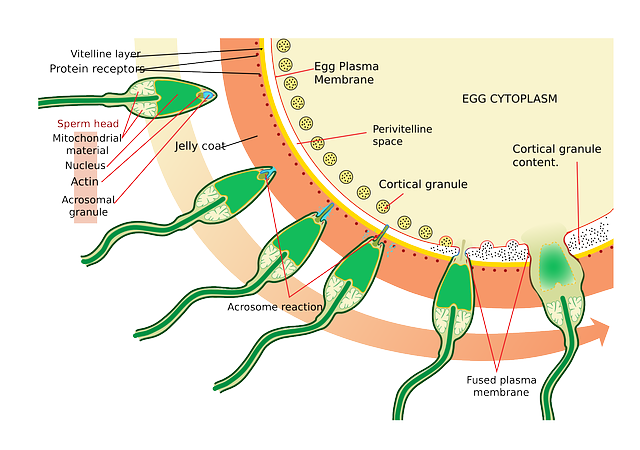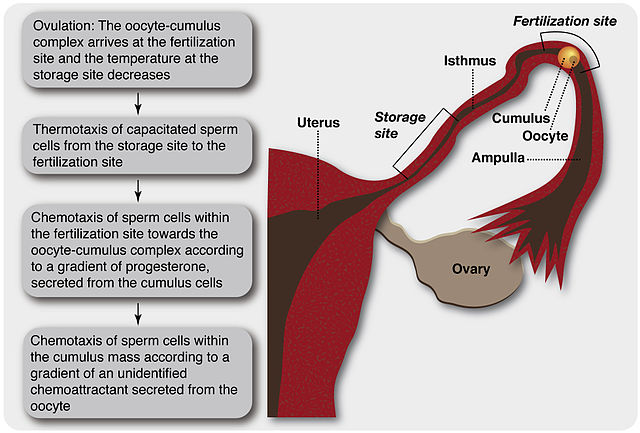

Unavailability of these factors can cause spermatogenesis to fail ultimately and lead to sperm cell production. Germ cells need constant nutrition to be able to differentiate into mature sperm that are capable of fertilization. Spermatogonia need stem cells to maintain their numbers by self-renewal and form the necessary progenitor cells required to proceed with spermatogenesis. One of the principal functions in male reproduction is carried out by the spermatogonia stem cells. The continuous pool of spermatozoa becomes readily available by an advanced level of control and organization. Certain genes specific to spermiogenesis are required for the differentiation of sperm as well as acquiring sperm mobility. A wide array of particular progenitor cells is necessary for the production of enough gametes to establish fertilization. The necessity for the production of an infinite number of gametes increases the specific requirements needed for spermatogenesis to occur: The reproductive lifecycle of the male requires a large amount of stem cell production. To achieve this understanding, experimental studies completed in rodents and primates are the cornerstone of this crucial knowledge. The testicular environment is complex therefore, the study of spermatogenesis can be quite tricky in most species.

Therefore, we must expand our knowledge of spermatogenesis as a whole to provide essential information regarding the regulatory mechanisms. In more severe conditions, a complete absence of spermatozoa can result, leading to infertility. These abnormalities can lead to defective or reduced sperm production. Functional abnormalities may occur in any one of them, which can cause the entire process to fail. The three steps represent the foundation of spermatogenesis. ĭiminished fertility or infertility may result from a decrease in spermatozoa number, alteration in shape, and inefficient motility.

The final stage of spermatogenesis includes spermatozoa production, mature and motile sperm cells, from round spermatids, through a process called spermiogenesis. A division occurs until a round spermatid formation occurs. The second step requires meiosis, in which the diploid cells form haploid cells. The first step involves mitotic cell division that allows the early cell stage, spermatogonia, to multiply. The complex process of spermatogenesis occurs in three steps. After being formed, sperm cells travel outside of the tubules into the epididymis, where they mature and prepare for ejaculation. Testosterone production occurs in cells surrounding the seminiferous tubules, called Leydig cells. Sperm production takes place inside the seminiferous tubules, which is a convoluted cluster of tubes located inside the testes. As mentioned above, spermatogenesis is the process by which sperm cell production occurs the germ cells give rise to the haploid spermatozoa.

The primary male reproductive organs, the testes, are located inside the scrotum and function to produce sperm cells as well as the primary male hormone, testosterone. The production of these vital reproductive cells occurs in the testis and ovary during the processes of spermatogenesis and oogenesis, respectively. The union of male and female gametes creates offspring.


 0 kommentar(er)
0 kommentar(er)
